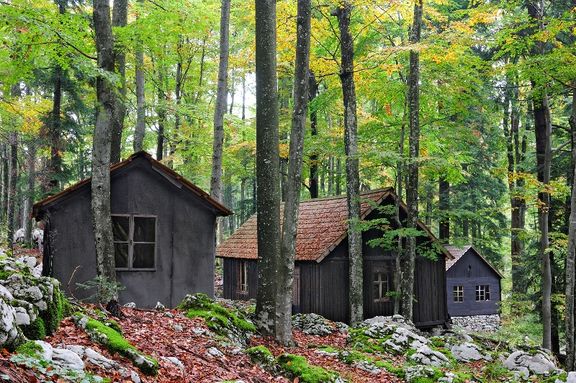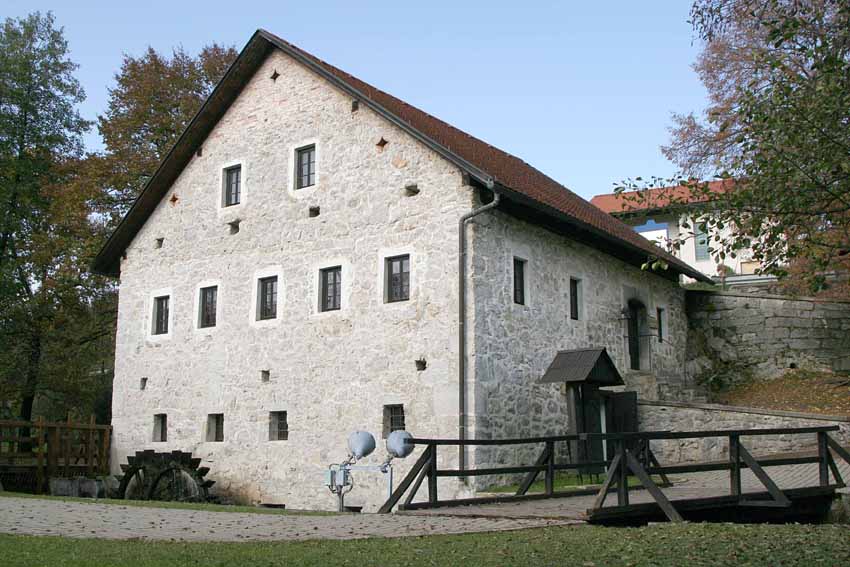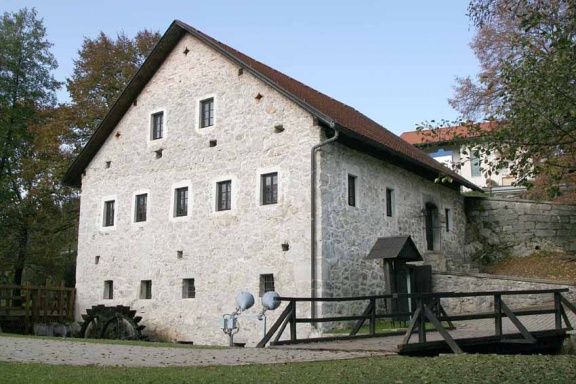
Baza 20 was one of the numerous camps in the woods of Kočevski Rog which were once the commanding structures of the National Liberation Movement of Slovenia in the Second World War. Numerous secretively built partisan structures and settlements scattered in the Kočevski Rog forest had the code name Baza plus number: 15, 15a, 21, 80, etc. Only Baza 20 and the field hospitals Jelendol and Zgornji Hrastnik have been preserved as monuments of national and cultural heritage and have also undergone extensive restoration work.
This former base camp (baza), which was granted the status of a cultural and historical monument of national importance in 1952, has been managed by the Dolenjska Museum in Novo mesto since 1994.
NOT ROBOT, WRITING DONE, INFOBOX DONE, PROOFREAD DONE, FERTIK, NOVERIFY, NODEPO, PHOTO, FEATURED, Article, HAS LOGO, HAS MAP, Venues, Museums, Monuments and sites, Articles maintained by Ivan Pirnat, COVER, World War II, War memorials
 The Trubar Homestead in Velike Lašče dates back to approximately the time of Primož Trubar's life and was also run by his relatives. Exterior in 2006.
The Trubar Homestead in Velike Lašče dates back to approximately the time of Primož Trubar's life and was also run by his relatives. Exterior in 2006.
Trubar Homestead was opened in the village of Rašica, near Velike Lašče, in 1986 on the 400th anniversary of the death of Primož Trubar (1508–1586). He is considered to be the founder of the literary Slovene language and was the leader of the Protestant Reformation movement in Slovenia.
Though a very important figure in his time, not much material evidence is left of his life in Rašica. Consequently, he is presented through copies of his books and some other documents and artefacts connected with his life. That is coupled with stained glass portraits of his famous contemporaries, including some of the rulers of the time. Though lacking any significant material legacy, the guided tours offer an extremely informative insight into the historical contexts and the rather epic story of Primož Trubar.
Next to the main building are a traditional Slovene kozolec ("wooden hay-drying rack"), a water-driven Venetian sawmill, the Skedenj Gallery and a well-kept park area. The former stables have been turned into an inn and the granary into a reception and a shop.
NOT ROBOT, INFOBOX DONE, NEEDSUPDATE, NOVERIFY, NODEPO, Article, NIFERTIK, WRITING, TOPROOFREAD, NO PHOTO, Articles maintained by Simon Žlahtič, Museums, Literature, Monuments and sites, Literature museums, Literature museums and archives






